|
Today we took off to do some bird watching south of the island. It was a little overcast, basically a dreary day (and honestly), we didn't expect to see many birds. Wow!!! I couldn't have been more wrong about that statement. Let's share some of what we saw. Before heading out, we decided to stop at Ms. Susana's (La Divina Providencia), right around the corner from Belize Budget Suites. Many of our guests (at the hotel), really enjoy eating here when they first arrive to the island. La Divina Prvidencia is both a restaurant and a grocery store. So when our guests first arrive (by stopping at Ms. Susana's), they can not only grab a bite to eat, but pick up a few groceries for the following morning as well. The food is amazing, and the prices are definitely amazing too. Ms Susana caters to locals, and many of our guests are here to back-pack Belize and experience it as a local as well. Ms. Susana came over to the table to greet us, it was exciting to get to see her after months of pandemic madness. Everyone has a little local hangout (that's close to home), where they enjoy some of their favorites. La Divina Providencia is that place for us. It's close to the hotel (just around the corner), the food is great, the prices are great and it's a family owned business just like us. We've gotten nothing but great reviews and comments (from our guests), thanking us for helping them to find this wonderful place. The boys each tried their favorite drink, Romen had watermelon juice and Jaymin had a banana smoothie. Drinks were delicious and the boys fist bumped to a amazing tasty moment. La Divina Providencia - Restaurant & Grocery Store Within walking distance of Belize Budget Suites After a most delicious lunch, we headed south of the island. Our first two birds that we saw were a "Hooded Oriole" and a "Tropical Mockingbird". Both birds are very common on the island (we have them around the house), so no big surprise to see these first off. All of us had our eyes pointed up, scanning the tree tops and bushes. Out of Marcy's peripheral vision she spotted movement, and quickly blurted out: "What bird is that?" As I looked up (I began to laugh), it was a Tropic Air plan flying by. "Cessna", I told her, "That is what they call a Cessna". We both enjoyed a good laugh, for this most unusual bird sighting. We pulled the golf cart off the road and headed toward the beach. Here we saw a number of "double-breasted cormorants", sitting on old dock posts, a boat-billed heron, a few brown pelicans, seagulls and ducks. The boys always need help spotting the birds, as they usually don't know exactly where we're looking. Marcy pointed them in the right direction, and they quickly saw all of them. Nestled at the edge of the mangrove, we saw a boat-billed heron. What is interesting about this habitat, is the red mangroves that we saw growing at the beach shoreline. Belize is home to 4 different species of mangoves.
How do you tell the different mangroves apart? Red mangrove - is the tallest of all local species, it can grow to a height of over 80 feet tall. It has large broad leaves grow to 5 inches, with a blunt point. The leaves are waxy, dark green above and below. The key characteristics of the Red mangrove are the "prop roots" derived from the trunk and “drop roots” from the branches. Black mangrove - is the second tallest species, reaching heights over 65 feet in height. The leaves grow about 4 inches in length, with a blunt point. The leaves are dark green above and a pale green below. The leaf under surface is covered with dense hairs. The key characteristics of the Black mangroves are the aerial roots growing from underground upward. White mangrove - is the smallest species existing as a tree or shrub with maximum heights of 50 feet. The leaf shape is a broad, flat oval rounded at both ends. White mangrove often develop peg roots which are similar to pneumatophores except they are shorter and more stout in appearance. Buttonwood mangrove - is more frequently found in the upland transitional zone. Its pointed leaves possess salt glands as openings alternating along the midrib on the underside of the leaf. Rather than producing seedlings that germinate on the parent tree, buttonwoods flower with the formation of a button-like seed case. Birds We Saw Today White Ibis - American White Ibis, in Belize. The white ibis is a medium-sized bird. It is about 60 cm (2 feet) tall and has a wingspan of about 90 cm (3 feet). The white ibis breeds in large colonies that may include other wading birds. Great Egrets - It is the most widespread of all the herons in Belize. The great egret feeds in all the shallow waters of Belize. This large bird coils its sinewy neck, ready to spear prey. Prey includes fish, aquatic invertebrates and reptiles. Tri-Color Herons - These herons are the only dark-colored ones with a white belly. Tricolored herons are one of the herons in Belize that are the most abundant. When stalking prey, the Tricolored heron will go deeper into the water than any other heron. Great Blue Herons - The Great Blue Heron is the largest and most widespread heron in Belize. It is a large bird, with a slate-gray body, chestnut and black accents, and very long legs and an "S"-shaped neck. Great Blue Herons are very tall and stand 38-54 inches. Reddish Egrets - The Reddish Egret is a small heron. It is a resident breeder in Central America, The Bahamas, the Caribbean, the Gulf Coast of the United States, Mexico and Belize. In the past, this bird was a victim of the plume trade. Red Knot Sandpipers - This medium-sized sandpiper has black, brown and gray scaled upperparts, a red-brown face, neck, breast and sides, and a white lower belly. It has a slightly curved black bill. The wings show white bars in flight. Diet includes insects, larvae, mollusks and crabs. As we drove along the south end of the island, purple martin swallows flew overhead. They were so fast, and often so many (in a flock), their movements were fast and jerky, as they suddenly flew upward and downward with the wind. As we continued on, Jaymin spotted a black vulture on a tree post. We backed the cart up to get a closer look, which didn't seem to disturb him one bit. These were the same type of birds we saw on our bird tour (up north on Ambergris Caye) a few weeks ago. Next Marcy spotted a Yucatan Woodpecker, drilling into one of the power poles along the sandy road (south of the island). Purple Martins - the Purple Martin, the biggest swallow in North America, by the way, is one of the earliest migratory visitors to Belize, showing up from between July to late August. We see them in large numbers because, when they are not breeding, they hang out in huge flocks and roost together in great numbers. Yucatan Woodpecker - The Yucatán woodpecker is found in Belize, Honduras, and Mexico, and ranges over the entire Yucatán Peninsula. Its natural habitats are subtropical or tropical dry forests, subtropical or tropical dry shrubland, and heavily degraded former forest. Black Vultures - Are most abundant at low elevations. They breed in dense woodlands but usually forage in open habitats. They roost in undisturbed stands of tall trees, including sycamores, pines, hickories, oaks, junipers, and bald cypress. The total population is extremely large with at least 10,000 mature individuals. Marco Gonzales Maya Site As we continued heading south on Ambergris Caye, we came to the site known as the Marco Gonzalez Maya Site. It's located near the southern tip of Ambergris Caye, about 6 miles south of San Pedro and is surrounded by dense jungle. It covers an area of approximately 8 acres on a small area of elevated terrain. Over 2,000 years ago, the area would have been much larger as evidenced by archaeological debris underlying mangrove stands. Before sea levels rose, the area is thought to have been beaches and a direct access to the sea. The rise in sea levels over the past 20 years has significantly altered the land mass. Prior to Covid-19, there was a booth at the entrance, and trails that allowed you to walk to the site. Now, however, the trails are overgrown and visits to the site are difficult, especially during the rainy season. Ambergris Caye was home to an estimated 20,000 Maya traders at the height of their occupation of the island. There are 18 sites recognized on the 25 mile long island and none of these sites had been preserved. By April 1, 2011, the paperwork was signed with the Belizean Government, making the Marco Gonzalez the first Maya Site National Park on Ambergris Caye. The development of the site is a huge undertaking. NICH has estimated the cost at $1.5M USD for the Visitor/Educational Center, footbridge, parking lot, restrooms, security buildings, etc. In the desire to go "green", wind and solar power is being explored to compliment local electricity. Composting restrooms and recycled plastic "lumber" for the boardwalk are being discussed. Grants and donations are being sought to make this dream come true. The Marco Gonzales Maya Site was boarded up when we got there. With this pandemic, there just hasn't been enough funding to support keeping it open. Someday when the pandemic is over, we hope to go back to the site and take a walking tour. This site (unlike many others in Belize), was built using conch shells and much of it is submerged under the water table, making it hard to excavate. So we'll save this adventure for later. Ending Our Bird Tour This was a great afternoon spent bird watching on Ambergris Caye going South. We certainly saw way more birds than expected. This pandemic has been hard on many, and available cash is hard to come by. We try to pick adventures that cost very little money, and yet provide quality time with both the boys. Bird watching is an activity that does just that (it costs nothing, except the gas), and has become a highlight for Marcy, Romen, Jaymin & myself. We promised the boys, before ending our bird-watching tour, that we'd stop and get them a special dessert. So our last stop of the day, was to try out the Turtle Cheesecake at Black Orchid Restaurant. We had seen a post on Facebook, of this cheesecake and thought this is just too good to be true (so the next time we're out), we need to check this out. Black Orchid Restaurant is located about 2.5 miles south of the center of San Pedro, and about 1 mile south of Belize Budget Suites. As we pulled up to BLACK ORCHID RESTAURANT, one of the waitresses came outside to greet us (wearing a mask), "Are you the lady bringing 2 boys in Belize, here for cheesecake? "Yes", I told her, and "We're excited to check this out." This chilly afternoon seemed like the perfect opportunity for a cup of hot green tea, along with a quick visit with Judyann Horton (general manager - who runs the show), just a wonderful person and so dedicated to her mission. We absolutely loved our experience at the restaurant, the staff was warm and inviting and made us feel right at home. The staff at Black Orchid Restaurant gave the boys pirate hats, crayons and a treasure map to color while waiting for their Red-Velvet Cake & Turtle Cheesecake. Of course, we got creative with the whole pirate thing, and a whole slue of pictures transpired right at the table. Though we came in for the cheesecake, the boys really enjoyed the red velvet cake more, while Marcy and I devored the cheesecake. Romen got a little cranky towards the end and made Marcy apologize for taking bites out of his cake (giggle). Both were absolutely delicious and we can certainly recommend these two wonderful desserts to anyone looking to partake of something truly scrumptious. This ends another adventure for 2 Boys in Belize.
0 Comments
BIRD WATCHING - on Ambergris Caye Today we're going up North of Ambergris Caye, to take the boys on a bird watching tour. We don't know what we're going to see, but let's check it out. Before we make the trek up north, we decided to stop for a little snack. 303-Belize, is a palapa restaurant up north, one of our favorite hangouts. It's the closest thing you'll get to a ski-resort in Belize. The boys enjoyed the beach, the swings, the food, and all the birds. 303 Belize While we were having our snack at the restaurant, we were able to see six (6) different birds, right from our table. COASTAL BIRDS ON AMBERGRIS CAYE
Continuing North on Ambergris Caye Lunch at 303-Belize, was a great start to our bird watching adventure. After our bite to eat, we hopped back on the cart and headed north (to Secret Beach). We wanted to see what kind of birds we would see in the bushes and waters around this area. As we approached Captain Morgan's Resort (to the right, reef side), we spotted several Roseated Spoonbills feeding in pond waters. Slightly behind the Roseated Spoonbills in the grass, was a group of (10-15) large black birds. We pulled the cart around to take a closer look, apparently they were feeding on something in the grass. Marcy recognized them first off, those are Black Vultures! They didn't seem to be bothered by us staring at them, as they pranced around airing out their wings, to cool down. Roseate Spoonbill Spotting a Roseate Spoonbill (to me), was the highlight of the entire trip. I have been wanting to see this bird for sometime. I am simply fascinated by their pink color, and felt they are one of the prettiest birds on Ambergris Caye because of it. So to spot these, was a real find (at least to me), and made the entire trip today worth it. Roseate Spoonbill - Can be found in lagoons, flooded rice fields, and shrimp farms. They are a fairly common resident along the coastal belt here in Belize. They nest in Shipstern Lagoon and on the cayes in Chetumel Bay. So you might ask, how do these birds get their pink color? Spoonbills eat shrimp, shrimp eat algae, and the algae make their own red and yellow pigments, called carotenoids. Some scientists believe that the pink coloration that roseate spoonbills acquire as they mature is due to their diet of carotenoid-rich organisms like shrimp. The more they eat, the pinker they get. Black Vultures Black Vultures - Can be found in nearly every habitat in Belize, except unbroken dense forest and open ocean. The vulture most likely is to be found feeding in urban areas and on beaches. It nests in the cavities of dead trees and is a very common bird to see on Ambergris Caye. Morelet's Crocodile As we continued up north (eagle eye) Marcy, spotted a juvenile crocodile in a "water ditch" alongside the road. This of course added some excitement to the trip, the crocodile was not amused at being gawked at (from afar), so he submerged underwater for some privacy. The Morelet's Crocodile - Is a small crocodile, seldom exceeding 10 feet in length. These larger animals can be considered dangerous to humans. This crocodile primarily inhabits freshwater lakes, rivers and ponds. The female will build a large nest of twigs and rotting vegetation and lay up to 3 dozen eggs. The Morelet's Crocodile eats a variety of prey, including aquatic invertebrates, fish, small mammals and birds. These crocodiles are normally shy and timid, though the larger ones should be considered dangerous to humans. Prior to 1981, the Morelet's Crocodile was hunted heavily in Belize for its hide. At the time of the passing of the Wildlife Protection Act, the number of crocodiles was few. The population has since rebounded and they can be found in most of the lowland interior rivers and ponds. Sandpipers in the Mud Flats As we continued on, we spotted sandpipers in the mudflats. This was also an exciting find. Practically right in front of us and so small we hardly even noticed them, if they hadn't moved. This is a very tiny bird. Western Sandpipers - Can be found in shrimp farms, rice fields, sandflats, mudflats and beaches. They are common to very common autumn transient in coastal lowlands and cayes. As with most shorebirds, they congregate at shrimp farms, where a thousand or more can be seen on some days in autumn. HERONS We were able to see a number of herons on our bird tour going north. On the way to Secret Beach, we saw an 1) Agami Heron 2) Great Egret and 3) Great Blue Heron. All of these were spotted along the low ponding water/mangrove area along side the road going to Secret Beach. Agami Heron - Not being an experienced birder, I have searched my book through and through several times and the only bird that comes close to what I saw was the Agami Heron. They are typically found on the mainland in dry season. The only thing close to it is the Tri-Colored Heron, but the bird I saw had red on his neck. They can be found in dense foliage along edges of swamps, rivers, lagoons; best seen on exposed shorelines in dry season. Nests in mangroves. Great Egret - Can be found mostly in unforested areas with standing water. They nest in small colonies on small mangrove islands. They are a common winter visitor here in Belize. Great Blue Heron - Can be found in most wet areas that are not densley forested; especially common at shrimp farms and shallow lagoons. Fairly common winter visitor in lowlands throughout, including cayes from August to May. Magnificent Frigatebirds These birds can be found in estuaries and other coastal areas, inshore and offshore waters, mangrove cayes. They nest in large colonies in mangroves. There is a large nesting colony on Man-o-War Caye, and a smaller colony on Half Moon Caye. They are common all-year round and can be found along the mainland coast, and on all the cayes. How can you tell the difference between a male or female Frigatebird? Simply look at the chest feathers. Females have white chest feathers and males have black chest feathers, along with a red pouch. Pirates of the Sky These birds are called the "pirates of the sky", because they steal the food from other birds. Often in flight, they will swoop down and grab a tasty lunch from an un-suspecting gull. Bird watching allows for great quality time together. This was a great day together. Bird watching is an enjoyable activity for people of all ages. The boys got a kick out of trying to see, who could find the next bird. The more you learn about birds, the more enjoyable it is, and the more you slowly become hooked on the entire experience. We will definitely be doing this again. Often the excitement for each adventure - is not knowing what you're going to see. Today was a day well spent together, the boys enjoyed it immensely. Thus ends another adventure for (2) boys in Belize. Hope you enjoyed our first post, we're going to have many more just like this one.
Today, we set our sails for Paradice Cream Factory. Judyann Horton (General Manager), invited us to bring the boys for a private tour of the facility. An offer we found just to YUMMY to pass up. Paradice Cream is located in the old Casa Picaso restaurant building on Coconut Drive, right after Mermaid Supermarket and Isla Bonita Yacht Club. Judyann Horton (General Manager), runs the shows and she took us on a private tour of the facility. We got to see the machines that make ice-cream, all the ingredients (syrups, flavorings, additives, candy and cookies), that go into making each batch. The many chest freezers, all store five (5) gallon containers full of the various flavors ready for transport to their various store locations. Paradice Cream makes their ice-cream base using all genuine natural ingredients. Paradice Cream imports all their heavy cream from the United States. They have selected a specific cream base (which give them the quality & taste), they are looking for in producing premium ice-cream. All their ice-cream is stored in 5-gallon buckets right here at the factory, until the various store locations need them. Paradice Cream now sells pints & quarts, to satisfy everyone's sweet tooth. Now that the tour is over, the true excitement begins. Judyann opened up a chest freezer and pulled out none-other than UNICORN POOP! Romen went ballistic. Romen's face says it all. This was an incredible treat for the boys, getting to see how ice-cream is made. The ice-cream (itself) was absolutely amazing and we truly want to thank Judyann for allowing the boys inside the factory for this private tour. I can truthfully say, I've never eaten Unicorn poop in my life. We adored the color, the taste, and just the mentality of it. Eating unicorn poop has to be a "bucket-list" experience for many. This was a great family adventure together. The boys absolutely loved it and the taste testing at the end, nailed it for us. Three Store Locations, one located next Carlos & Earnie's Runaway Grill on Coconut Drive and two stores south of the island with one being inside Black Orchid Restaurant. Paradice Cream carries about 25 flavors with new ones changing out each season. They hand-make all their waffle cones right there at the shop, and offer guests topping choices. If you can't live without your favorite flavor, they make pints & quarts for you to purchase and take home. Our favorite flavors were Butter Pecan, Peanut Butter Cup, Blueberry & Strawberry Cheesecake. The kids seem to be enjoy Cookie Monster and Unicorn Poop. Cookie Monster Ice Cream This ends another adventure for (2) boys in Belize.
|
Nani Turley
This lovely lady I'm sitting next to (is Roman's mom), the mother to my grandson. Together, we are going to take the boys (Jaymin & Romen - Jaymin being my other grandson), on a series of adventures throughout the country of Belize. This is our photo diary of those adventures, to share with you. Many of these adventures can be enjoyed by families (just like us), while traveling on vacation in Belize. Archives
July 2022
Categories
All
Bucket-List For Kids
Scratch Off As You Go
Things to do w/ KidsAmbergris Caye
Bird Watching - Ambergris Caye Chicken Drop Crab Races - Nauti Crab Culture House - San Pedro Feed the Birds - Off the Dock Fishing - From a Dock Fishing - Deep Sea 1/2 day Fishing - Reef 1/2 day Fishing - Fly Fishing 1/2 day Fishing - Flat Fishing 1/2 day Sailing - Day Sail Caye Caulker Sailing - Around the Island Sailing - Manatee Watch Snorkeling - Mexico Rocks Snorkeling - Hol Chan Reserve Snorkeling - Shark Ray Alley Shopping - Island Gift Shops Swimming - Secret Beach Swimming - Boca del Rio Tour - Belize Chocolate Factory Tour - Caye Coffee Factory Tour - Crocodile Encounter Tour - Marco Gonzales Mayan Site Tour - Paradice Ice Cream Factory Truck Stop - Kids Movie Night CAYE CAULKER Caye Caulker Split Things to do w/ KidsMAINLAND BELIZE
ATM Cave Exploring ATV Jungle Dirt Bikes Baboon Sanctuary Barron Bliss Lighthouse Belize Zoo - All indigenous Animals Bird Watching - Crooked Tree Black Hole Cave Rappelling Blue Hole National Park Butterfly Farm Cockscomb Wildlife Sanctuary Culture House - Belize City Cave Tubing Cave Canoeing - Barton Creek Cave - St. Herman's Cave Green Iguana Conservation Hiking - Mt. Pine Ridge Horseback Riding in Rainforest Horse & Buggy Ride Belize City Old Belize - Belize City Old Belize Cultural Center Ruins - Altun Ha Mayan Ruins Ruins - Cahal Pech Mayan Ruins Ruins - Caracol Mayan Ruins Ruins - Lamanai Mayan Ruins Ruins - Xunantunich Mayan Ruins Ruins - Tikal (Guatemala) San Ignacio Food Market Swing Bridge - Belize City Tour - Banana Farms Tour - Chocolate Farms Tour - Museum of Belize Zip Lining in Rainforest Foods to TryFun Things to Eat with Kids
Soursap Ice-Cream Salbutes Papusas Panadas Stewed Chicken Rice & Beans Chicken Quesadillas Custard Apples Dragon Fruit Lime Juice Watermelon Juice Horchata Birds to FindCommon Birds on Ambergris Caye
White Pelican Brown Pelican Seagulls Royal Tern Tropical Mockingbird Magnificent Frigatebird White Winged Dove Double Crested Cormorant White Ibis Blue Heron Black Vultures Great Kiskadee Animals to SeeCommon Animals Found on Ambergris Caye
Green Iguanas Black Iguanas American Crocodiles Raccoons Anteaters |











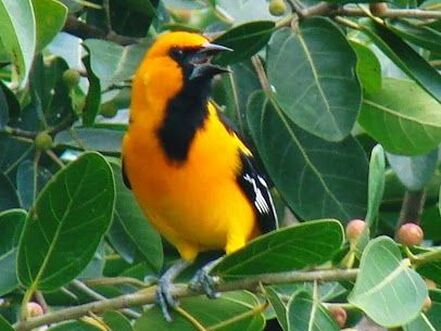


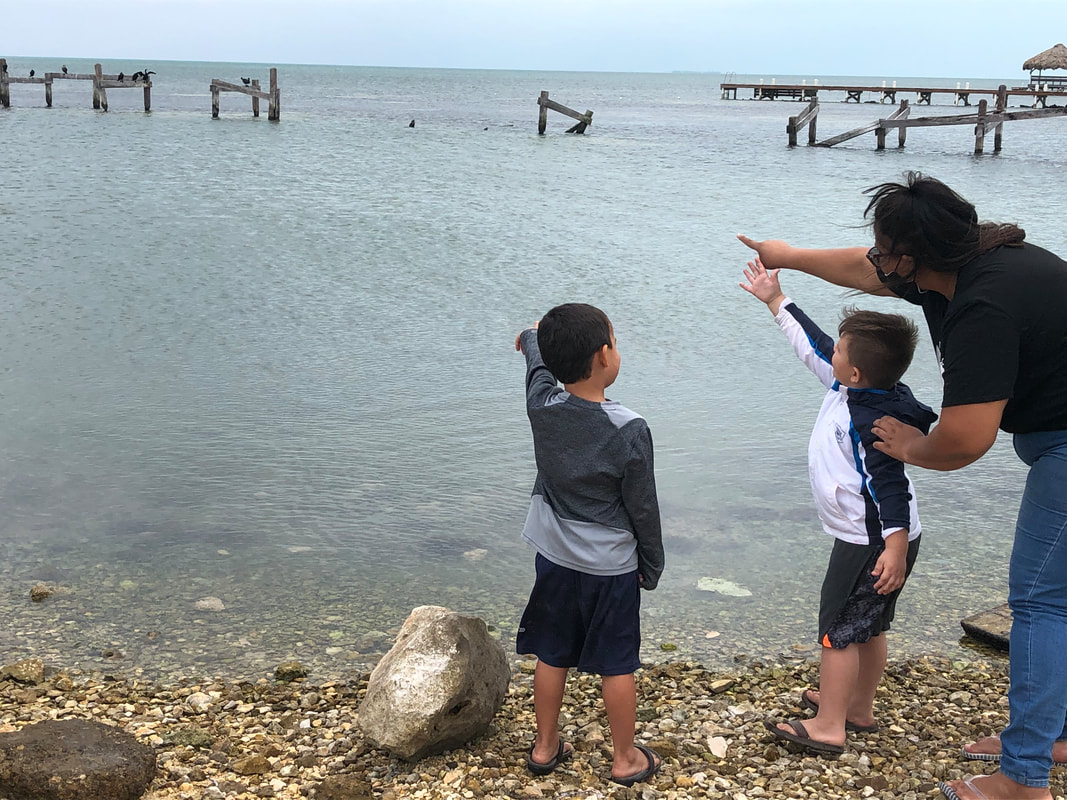




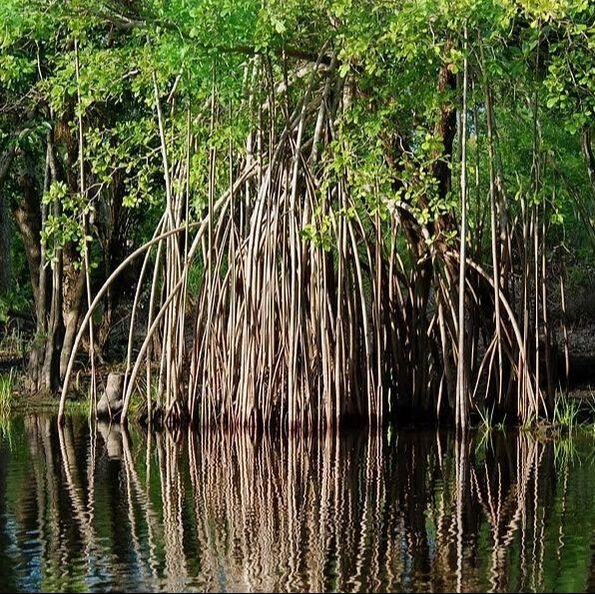
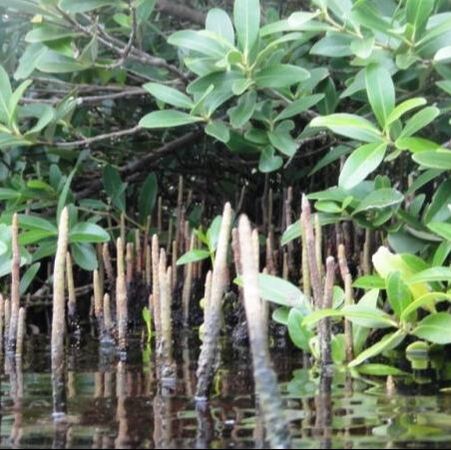








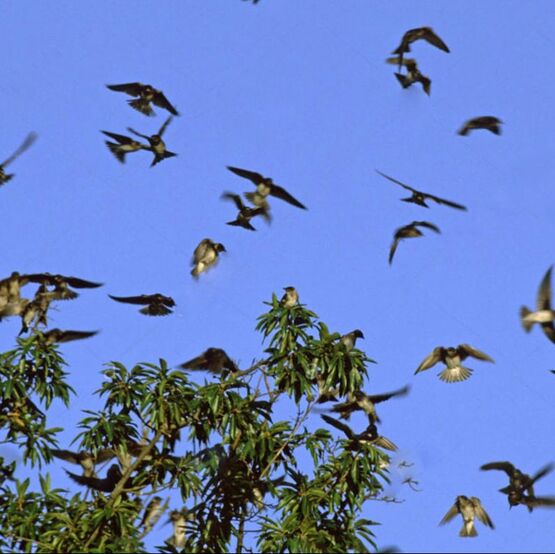














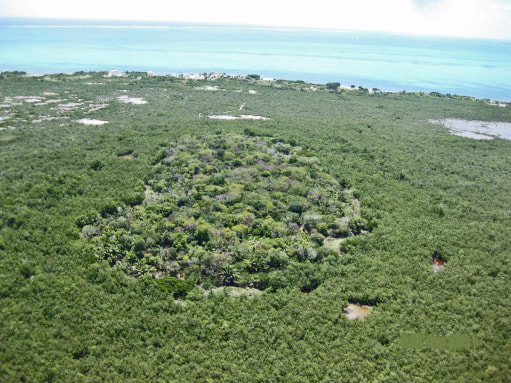






















































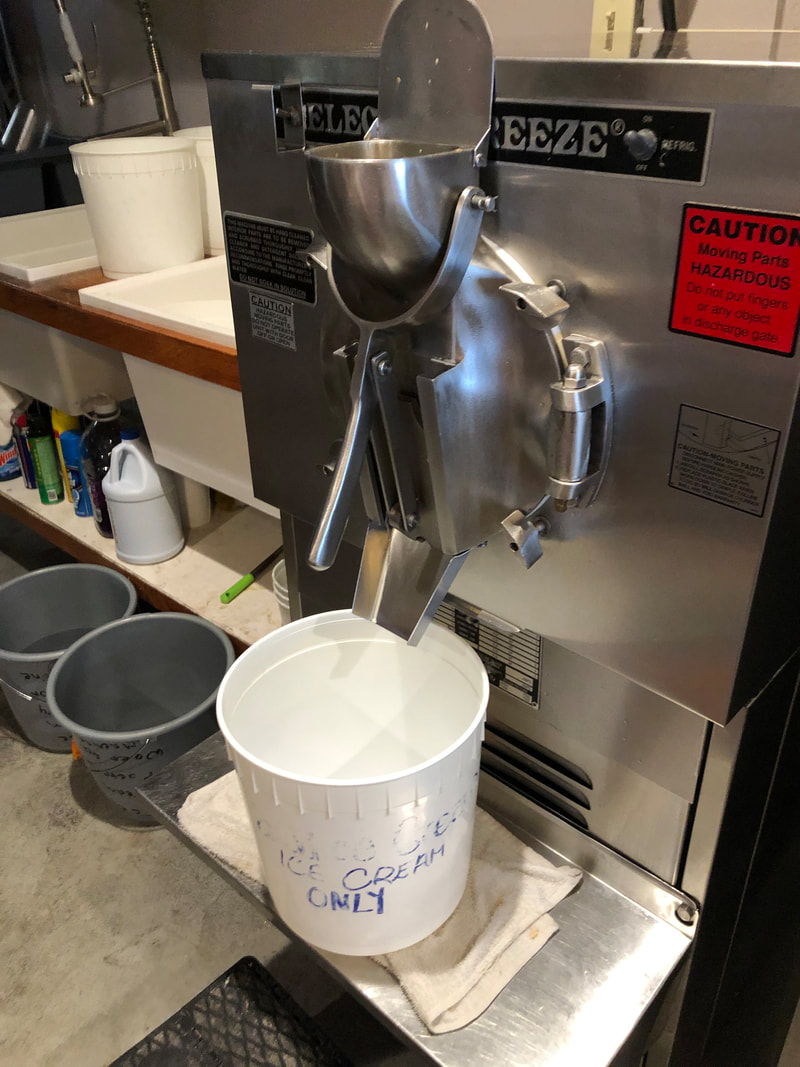



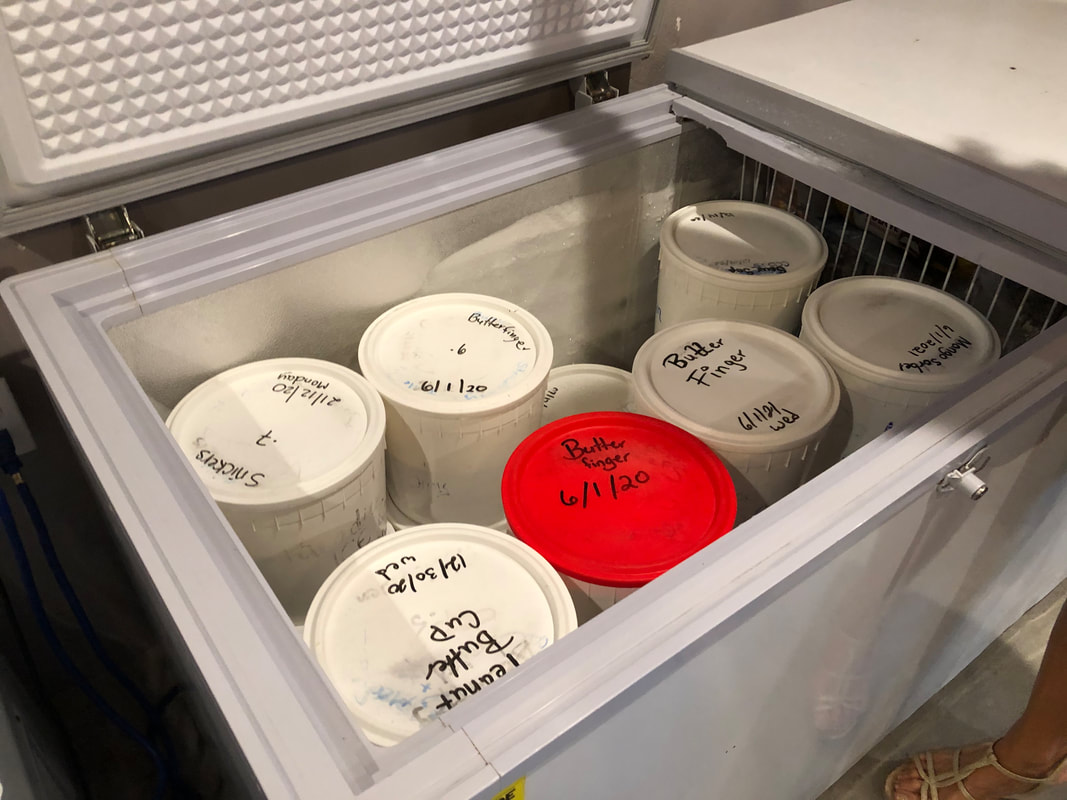





























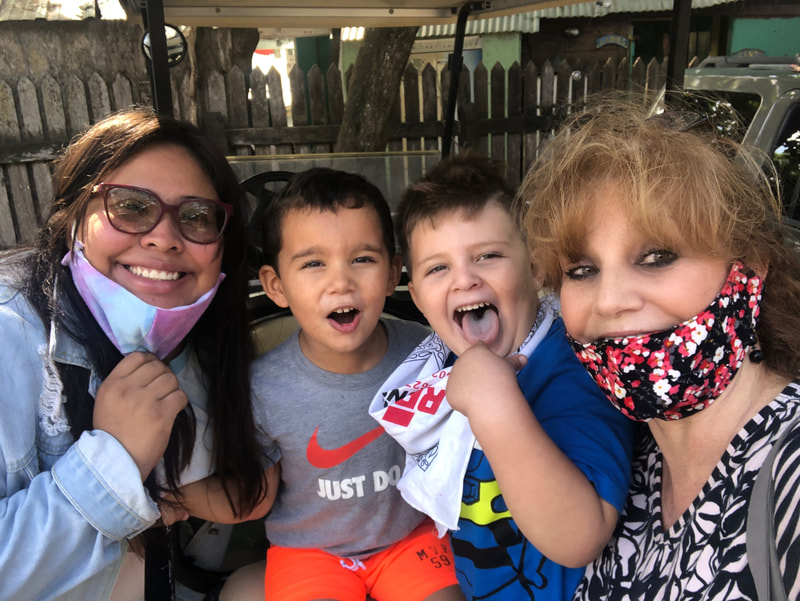


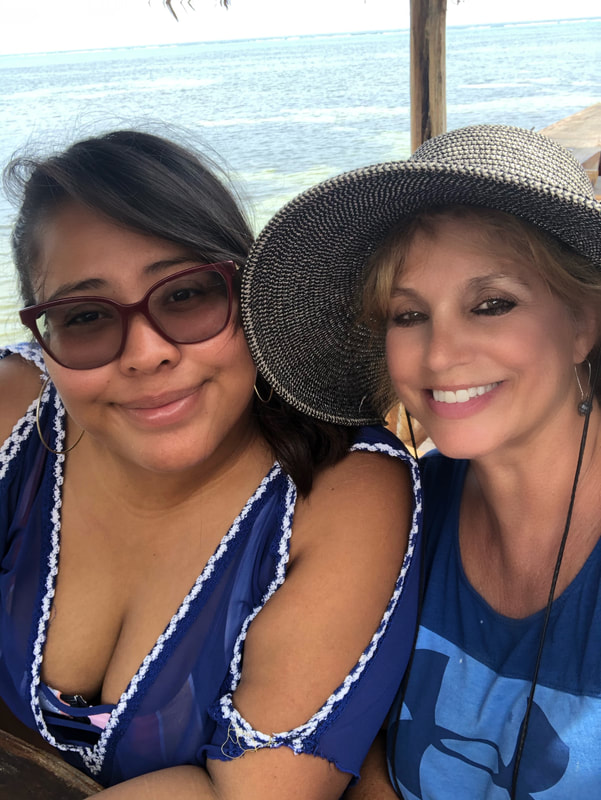
 RSS Feed
RSS Feed
